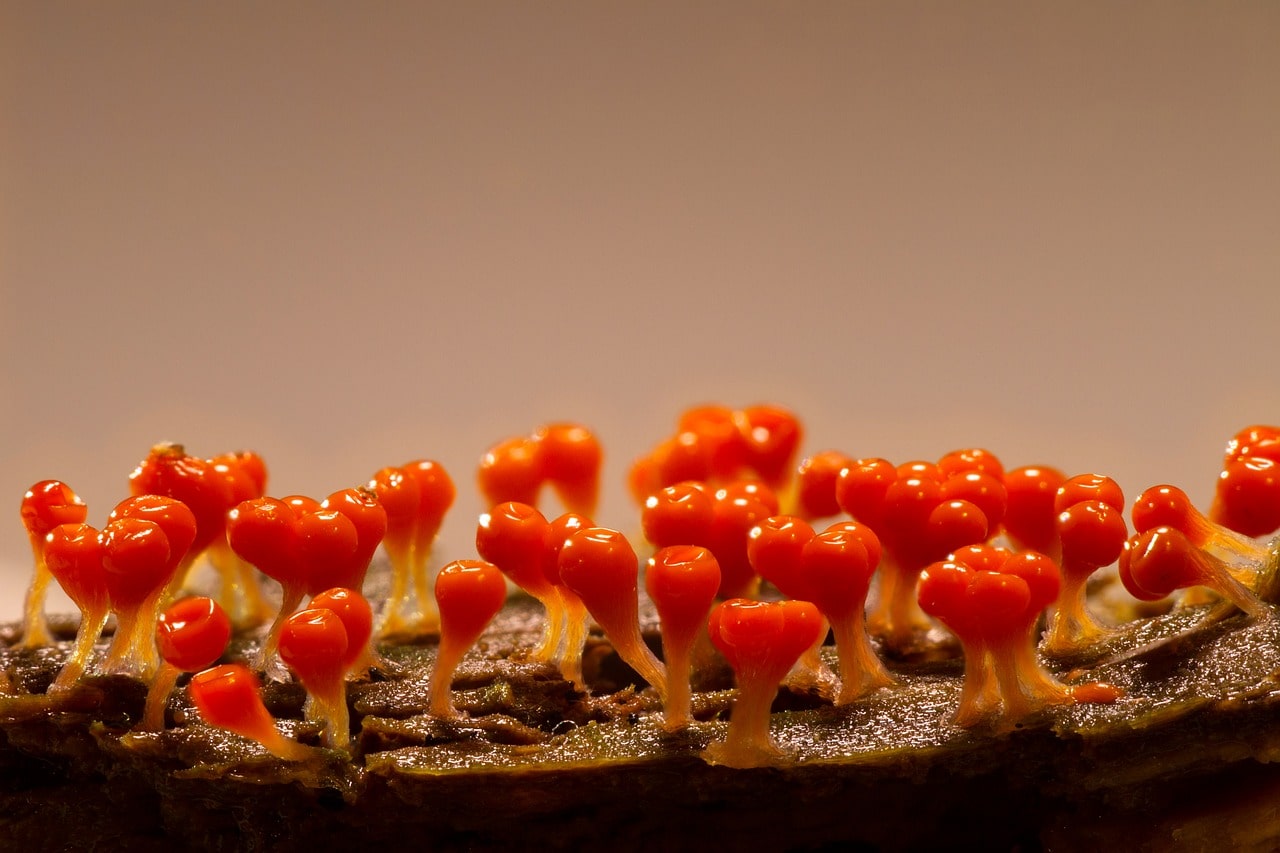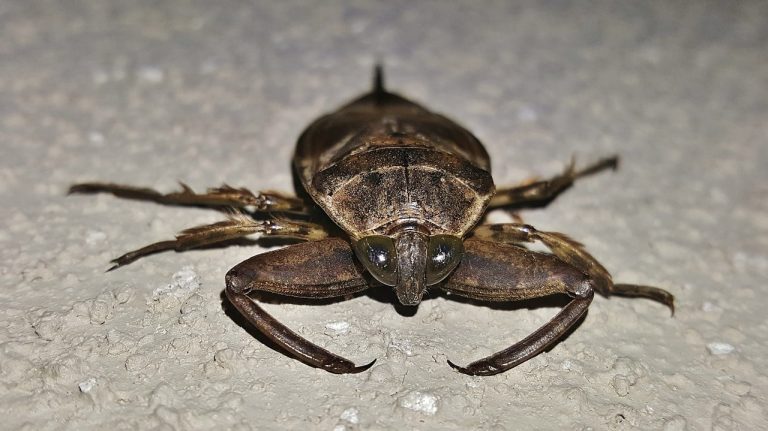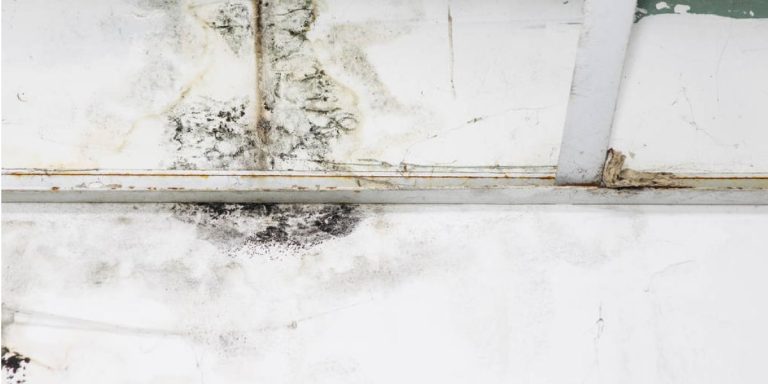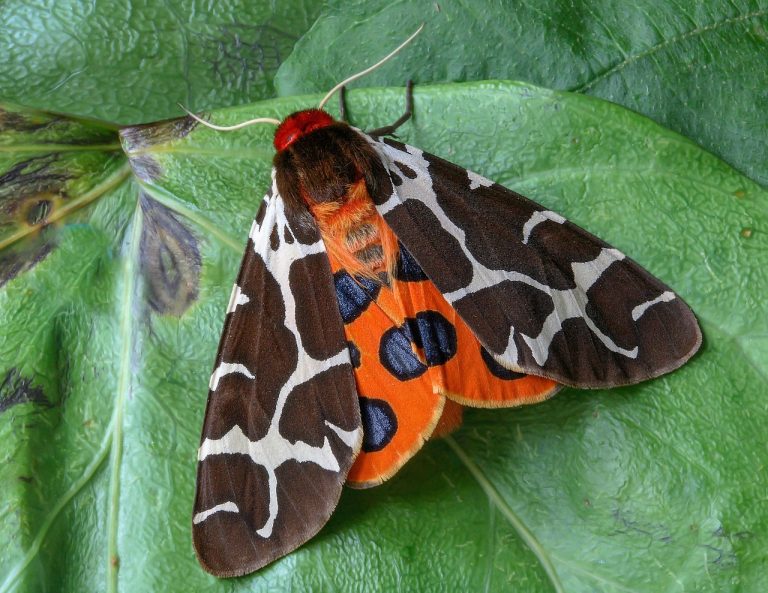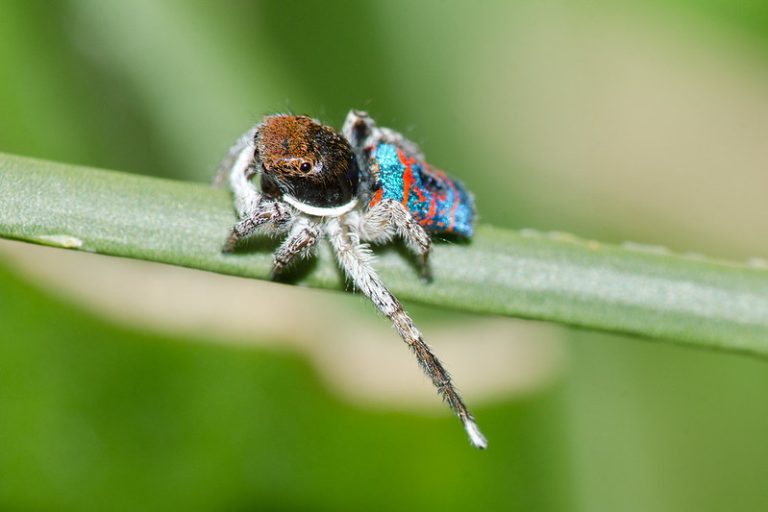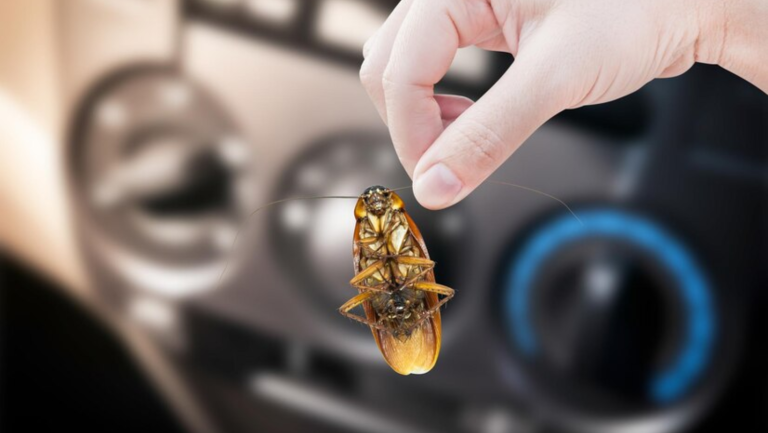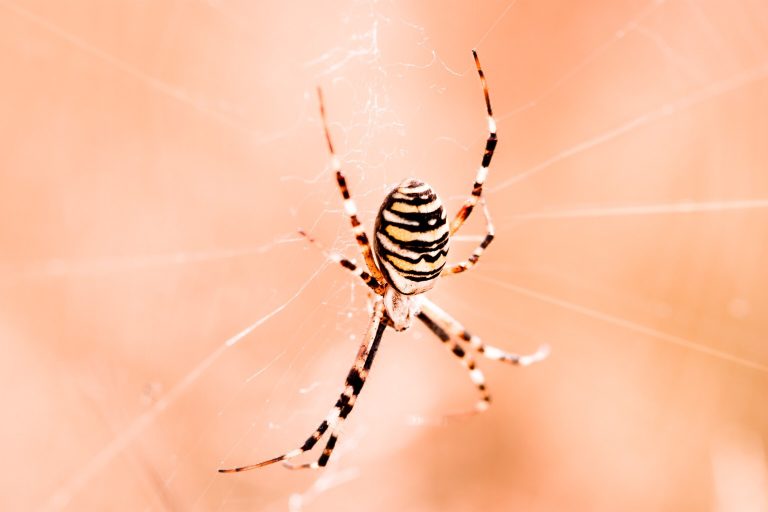How to Get Rid of Slime Mold?
You must have seen this weird, vomit-like material in landscaping beds, vegetable gardens, or even around trees. It could be white, yellow, tan, brilliant red, or any other hue, including multi-colored. This visitor is a fungus known as slime mold, and it is not an issue, especially for larger plants. Slime molds thrive where conditions are moist, so the easiest way to remove them is to let the area dry out.
Rake up slime molds in garden mulch to expose the organism to drying air. You can also just scrape up the stuff, but likely it will be back. Slime mold thrives on dead and decaying organic materials and feeds on them. It usually doesn’t hurt, isn’t dangerous to pets, and doesn’t require treatment. It’s seen that this fungus harm plants when it grows over tiny plants and suffocates them.
There is no risk of plant harm when growing on mulch (the most usual location). Slime mold may sound frightening, but it is simply a saprophytic fungus that aids in the breakdown of organic materials, particularly in damp situations.
What is slime mold?
The slime mold organism reproduces and survives in the same way that fungi do. It can also move to some extent on its own. These facts may lead you to believe it is a fungus or an animal, but this is not the case.
The creature obtains moisture from the air and nutrients from the substrate upon which it grows, yet it is not a plant. Slime molds are primordial single-cell creatures with spore reproduction that belong to the genus Fuligo. One of the more intriguing slime mold facts is their apparent lack of resemblance to any recognized plant or animal group.
Is slime mold harmful to humans?
Slime molds are not known to be a danger to humans or animals. Chemical treatment is not warranted for this problem. These organisms are very sensitive to the environment. Although slime molds are generally not harmful to people and pets, they can sometimes trigger breathing irritations in people with respiratory conditions such as asthma and allergies.
So if a slime mold is in a prominent location; for example, in a favorite sitting spot in your yard or garden, you may want to get rid of it if you have allergic sensitivities. Otherwise, it’ll disappear on its own within a few days without any intervention on your part, and you may decide just to leave it alone.
Do slime mold damages plants?
Slime molds don’t feed on plant tissues and are generally harmless to plants. A yellow mold in mulch, for example, does not affect plant development.
However, some slime molds can blanket patches of turf and even coat the grass blades. Physarum cinereum is the most common slime mold found on turfgrass, where it can live for up to two weeks. If a slime mold becomes too large and persistent, it can block photosynthesis and make the grass underneath brown.
How to get rid of slime mold?
Slime mold, without a doubt, is unappealing. In the garden, anything that resembles vomit is an unsettling sight. However, because slime molds in garden mulch or other areas are not dangerous, they do not need to be removed. As a result, chemical slime mold control is more hassle than it is worth. Few substances can permanently kill the organism, and toxic applications may even be harmful to other forms of life in the mold’s vicinity.
Slime molds grow in damp environments. Thus the best way to get rid of it is to let the area dry out. Rake slime molds out of garden mulch to expose the organism to drying air. You can also scrape it up, but it will most likely come back. Some molds have been reported to return year after year in the exact location.
What is the slime mold’s life cycle?
A general understanding of a slime mold’s life cycle may help you decide if you should eradicate it or simply let it run its course. The “blob” of a slime mold’s body is formed as a result of spores that merge together into a larger structure called a plasmodium.
Among the three primary groups of slime molds; plasmodial slime molds, cellular slime molds and labyrinthulomycota; a common denominator among their different physiologies is their fruiting ability to form sporangia. Sporangia are structures that typically are composed of clusters of spores on top of stalks.
How to kill slime mold in a yard organically?
Foamy patches that form in gardens and on lawns after a period of rain or after applying freshly ground mulch are the fruiting bodies of slime molds. The patches may be almost any color and are often described as resembling dog vomit.
Slime mold is more unsightly than harmful and does not cause plant diseases. If left untreated, slime mold generally disappears on its own in five to seven days, but even this brief period of time is too long to look at particularly revolting slime molds.
Chemical treatment for slime mold is generally ineffective, so gardeners use mechanical methods to remove slime mold without harming the environment. You have to:
- Mow lawns that are infested with slime mold to break up and destroy the fruiting bodies.
- Douse slime mold with a hard spray of water from a hose, once the area dries to break up the slime mold. Spraying while the soil is moist only encourages it.
- Prune affected parts of garden plants to remove slime mold.
- Rake slime mold on mulch to break it up or turn it under. Alternatively, you can lift it with a shovel and discard it or add it to the compost pile.
How to prevent slime mold?
Slime mold can be prevented by reducing humidity. This can be done by watering early in the day during the summer before the sun can heat any of the moisture left on the blades of grass. Core aeration assists in reducing humidity and helps limit the spread of slime mold during fall and winter when the disease is most prevalent.
Avoid applying nitrogen in order to aid your lawn’s growth while the slime mold is active. While fungicides are seldom required after infection, they can be useful in averting an outbreak.

